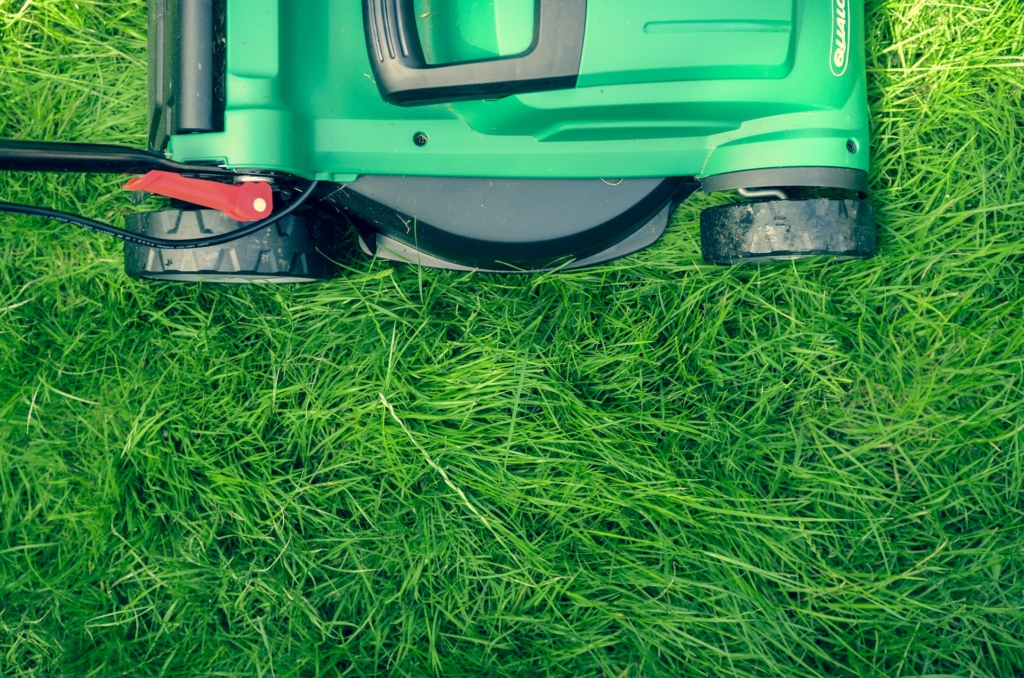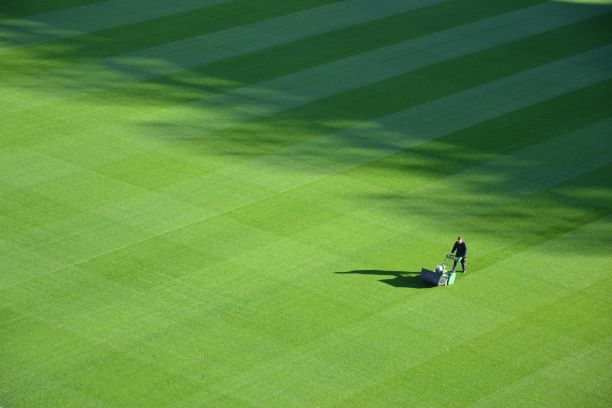HOW DOES FIELD CREW KEEP STADIUM IN BEST CONDITION PART 2

- RAKING THE FIELD

- FERTILIZER
The use of fertilizer to discourage the growth of crabgrass and weeds is a must! Crabgrass deeply affected the field and provided an uneven finish. Use a mild fertilizer from time to time and one that highly suits the local climate.
- IRRIGATION
It is imperative to set up a sound irrigation system to maintain a good field condition. The watering schedule must be maintained as it creates an excellent deep root structure for the grass. The advantage is that, during summer, it holds a fair amount of hydration and prevents the surface from drying out. Also, it makes the body look tighter and compact before matches and prevents the soil from breaking apart.
- EDGING THE BORDERS
Periodic edging of the field has many benefits as it keeps the area looking sharp and well-maintained. First, edge the field with a mechanical edger, followed by mapping with the string’s help. Once you are done with the edge, use the hand loop edger for preciseness with the stubborn grass. For a finishing touch, rake small stones and scarps with the help of a shovel. Voila! Your field edging is complete.
- DRYING THE FIELD
In lower areas of the field, the water tends to clog a lot, and therefore the right techniques must be implemented to dry the infield skin. The best and expensive method would be a laser-grade drier as it will drastically improve the drainage and dry the surface. The other alternative would be to use the puddle pillows for stagnant water to soak up the moisture. Thirdly, calcine clay could be used to absorb the dampness further. Use a rake or spreader to distribute the clay to absorb the wetness. Sometimes, nail dragging is used for the surface to open up and allow the air and sunlight to be well-penetrated to aid the dryness process.

If you want to read more on this topic here is PART 1 of this post.

